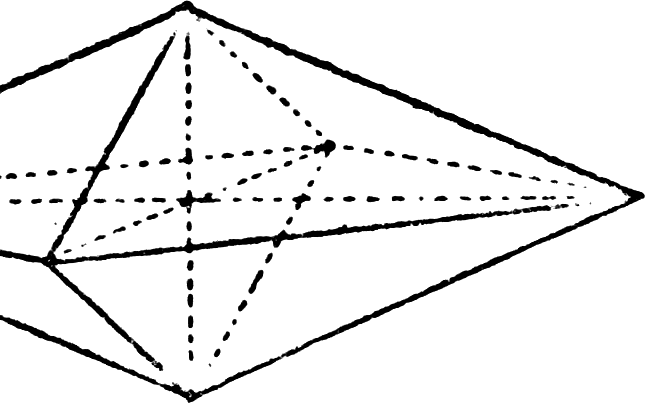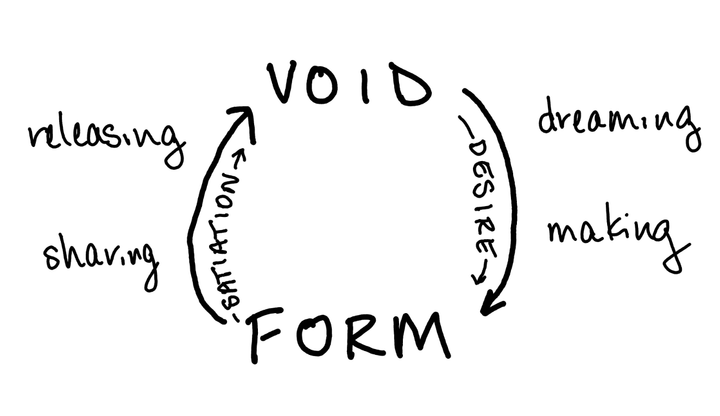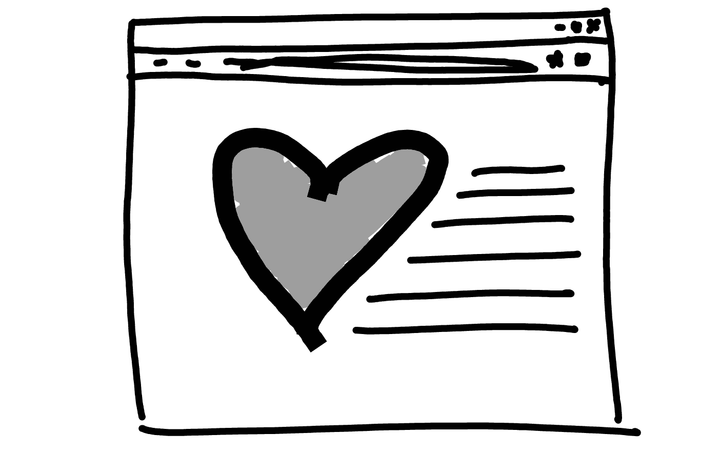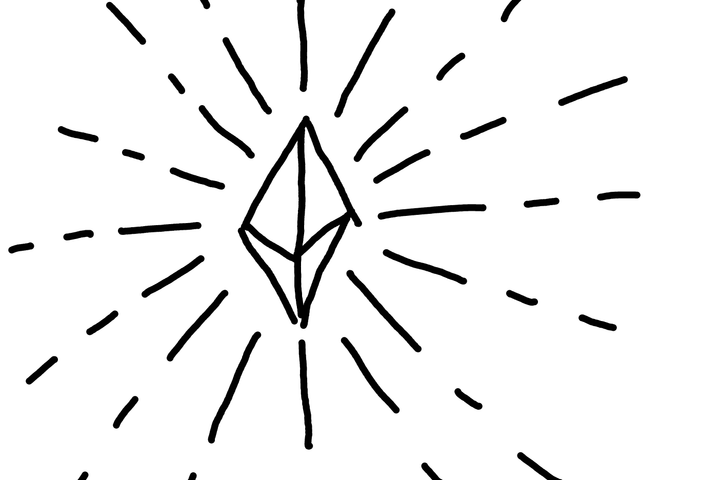Protecting My Creative Energy No Matter What
Being my creative energy's mama bear sometimes means writing a little CSS.

I didn't like how my website backend would show me my number of newsletter subscribers constantly in the sidebar.
I'm not even naive enough anymore to tell myself to "just ignore it." Because I know that someday I'll log in, fired up to write about some idea, and notice the number is lower than the day before and wonder who unsubscribed and why, and either go down that rabbit hole or siphon off my precious creative energy exercising willpower to not go down that rabbit hole, and that's just not what I want.
I have enough respect for myself, and my process, to not delude myself that I'm just going to ignore it.
So I kept the newsletter feature turned off, and hosted my newsletter somewhere else. Somewhere that didn't open up the front page to an analytics dashboard. I was basically paying double in order to do it this way, but I was trying to think of it as a small investment in my creative sovereignity. I thought of it as treating myself, and to be fair, exercising this choice felt more spacious and energizing than a coffee at my favorite cafe.
There have been many studies about priming - the way that what you show or tell someone influences their actions. How does the ubiquitous analytics dashboard prime us as writers and creatives? Does it suggest that our value is only to be found in numbers? Does it suggest that other people's interest in our creative work is more important than our own satisfaction in it?
When I was getting back to sharing my work again, after quitting Substack cold turkey, I sent an essay to one friend. That's what sharing used to be - one friend at a time. My friend sent me a voice note back, and the way her voice sounded when she said she LOVED it, it warmed me down to my toes. More satisfying than a thousand "likes."
And isn't that what we want, satisfaction?
But then the other newsletter platform just wasn't quite working, and there was a price hike on the website, and I started to think, maybe I should just move my newsletter over here.
The number haunted me. I knew it would siphon my creative energy to see it all the time.
What if I could just make it disappear?
Turns out, I could.
All websites have a CSS stylesheet that tells the browser how to display the page. What size the headings should be, what color the backgrounds should be, whether the pictures should have rounded edges, what the buttons should look like. The CSS stylesheet can also tell the browser not to display an element at all.
Normally, the CSS is provided by the website you are looking at.
But some browsers let you add your own CSS styles as well.
Ten minutes spent looking online to find out exactly how to create a user stylesheet, and two minutes of writing code. That's all it took.
I reopened my browser and the number was gone.
Now, when I'm logged in to work on my website, I don't have to worry about the subscriber number in the sidebar pulling my focus from my creative work. If I want to see the number of subscribers, I'll click over to that page and look at them. As it should be.
Why wasn't it designed this way to begin with? Is it assumed that we are all so desperate to assign numeric values to our public-facing creative work that we need to see our number of subscribers at all times?
And how many people out there, like me, find it a drain on their creative focus to see this number all the time?
How many decide that it's just a "me problem"? How many say to themselves, "Well, it shouldn't bother me so much," or "I'll just ignore it."
If that's you, then the fact is, it does bother you. And you won't just ignore it.
You'll try to. But it will take effort you could have spent on your creative work instead.
I'm not one of those writers that thinks I need a certain pen, or a certain notebook, or a certain hot beverage in order to write. In fact, I am typing this on my phone while nursing my son.
But I am ruthless – ruthless – about protecting my creative energy.
I am my creative energy's mama bear.
Maybe I let my creative energy explore, but I am constantly alert to threats in the environment. They can be subtle threats. A twig snapping. A rustle in the grass. An "I should" here. A "this bugs me but I'll ignore it" there.
These are the quiet signs of danger. Creative energy can be siphoned off so imperceptibly that it can feel like a mystery. Where did it go? Some people call this writer's block.
For me, my task is to sensitize myself so completely to my creative environment that I can sense the slightest shift in the wind. So that I can know the meaning of a rustle in the grass. So that I can tell when I need to take action to protect my creative force.
I didn't like seeing the number of newsletter subscribers all the time, so I did something about it.
I acknowledged that this number was affecting my creative energy, even if it seemed like something that I shouldn't let get to me. I imagined a solution and stretched my coding skills a little bit to implement it. I feel creative satisfaction in having shaped my digital environment in this small way toward my desires and creative needs.
Sometimes writer's block can feel so existential.
I don't think it always is, though. I think sometimes our creative energy has been siphoned away so quietly that it feels as though it's suddenly, inexplicably gone.
But when we attune ourselves to these small shifts, when we take "little things" seriously even if we feel we should just get past them, this attentiveness to our creative energy adds up.
It tells our creative selves: You're safe here. I'm looking out for you.
I attend to my child's expressed needs – to wear these pants, to have toast cut this way – even if I don't fully understand why these.
Why wouldn't I extend that same care toward my creative force?


